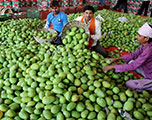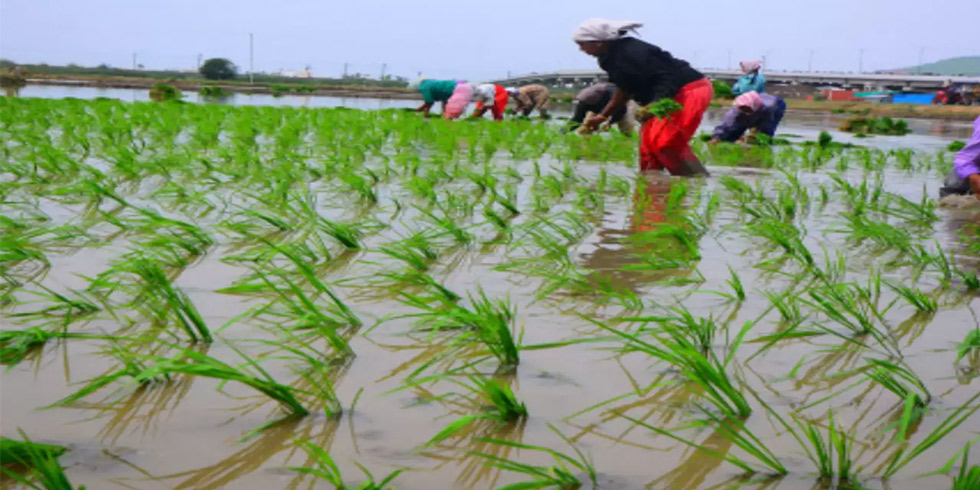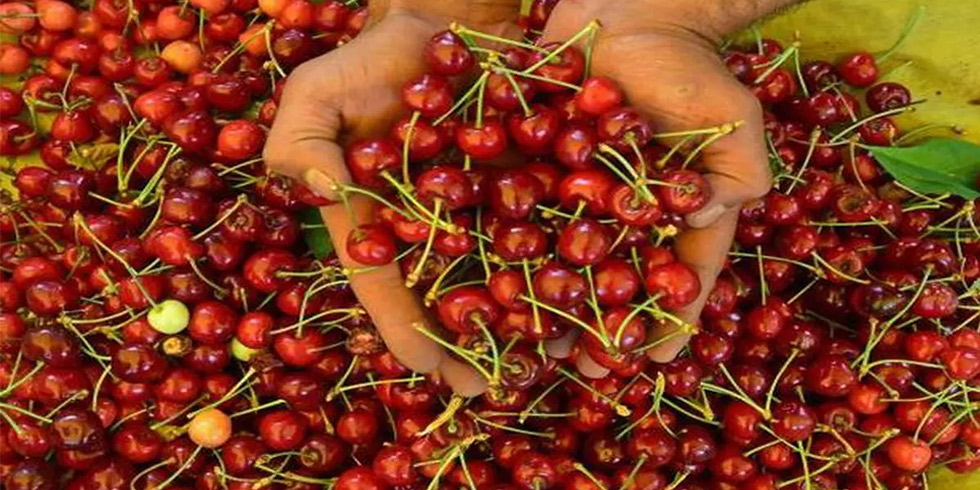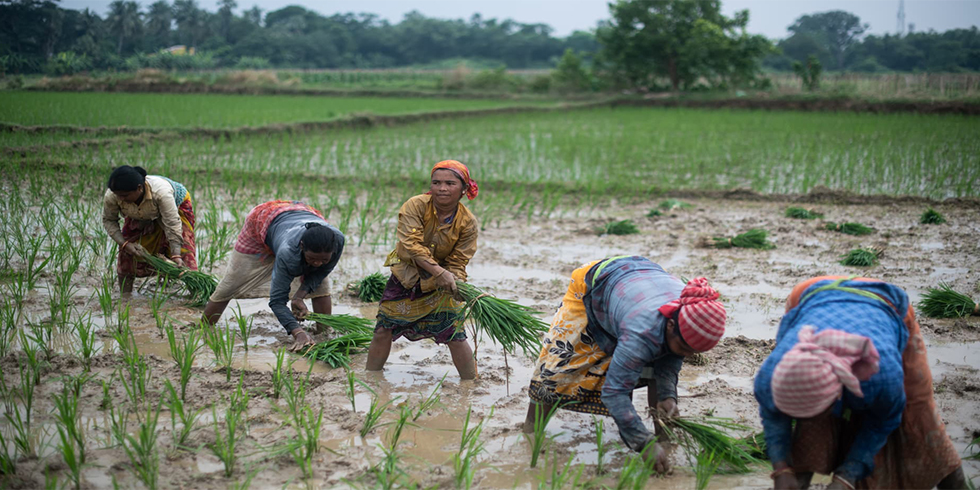Mango exports from India might see a significant boost this year, with South Korea allowing import of the fruit after conducting the stringent pest risk analysis (PRA).
South Korea imported mangoes worth $48 million in 2016 mainly from Thailand, the Philippines, Taiwan, Vietnam, Pakistan, Australia, Peru and the United States.
India’s entry into the South Korean market would boost competition, as mango originating from India has been popular in the Middle East, the Far East, the United States and Europe.
In an advisory dated March 14, 2017 issued to its members, Agricultural and Processed Food Products Export Development Authority (Apeda) said, “South Korean Animal and Plant Quarantine Agency (QIA) has finally agreed importation of Indian mangoes into South Korea after Vapour Heat Treatment (VHT) in specified temperature condition. The export would be allowed for the produce sourced from the registered farmers under Apeda Horti net system and fresh requirement at the designated facilities. So, interested exporters may book their slots for processing of mangoes for export to South Korea.”
Opening up new markets assumes significance, as India’s fresh mango exports declined nearly 15 per cent last year. Data compiled by Apeda showed India’s export of fresh mango stood at 36,329 tonnes for 2015-16 compared to 42,998.31 tonnes in the previous financial year. In value terms, however, exports remained flat at $49.49 million for 2015-16 as against $50.26 million for the previous year. United Arab Emirates (UAE) imports over 50 per cent in volume and 60 per cent in value, followed by United Kingdom.
“We have started booking orders from overseas for delivery few days later, as export-quality mango is yet to arrive in the market here. We are continuously enquiring with suppliers who are just buying time. By now, however, we could have dispatched some consignments in previous years,” said Dheeraj Patel, owner of Ahmedabad-based V B International, a mango trader and exporter. The company exports the fruit to Italy among other countries.
In yet another communiqué the government of Australia has hinted liberalising norms for import of mango from India. Recently, the Department of Agriculture and Water
Resources, Australian Government, has accepted the Operational Work Plan (OWP) for export of irradiated mangoes from India to Australia as another post-harvest quarantine mitigation measure. Prima facie, Australian Biosecurity Import Conditions (BICON) has permitted OWP for facilities approved by Apeda.
Meanwhile, even leading exporters such as Desai Fruits, a unit of Deepak Fertilisers and Petrochemicals Corp. Ltd, have dispatched initial consignments this season to mark India’s presence in the export markets. Others, like Mohammad Ashfaq and Co., a Lucknow–based mango exporter, are yet to start shipment due to non-availability of good quality mango this season.
Trade sources, however, believe that shipment would start in full swing in a week with the arrival of export-quality mango. Extreme climatic conditions this season have affected the mango crop this year.
Mango flowering is normally quite high in a situation of normal or surplus rainfall in the preceding monsoon season. This year was no different. Flowering remained high, raising hopes for a higher fruit output this season. Normal monsoon rainfalls prompted the government to forecast an over 3 per cent higher output this year.
However, unfavourable climatic conditions post monsoon damaged mango flowers very badly as cold waves hit the early variety. Normal and late varieties of mango were also affected by heat waves setting in early this year. Experts believe that the weather in March is warmer this year than in previous years. Also, there were reports of intermittent rainfall in the north east, a major mango growing region.
“So, overall mango output this year is likely to remain lower than the previous year. However, the entire picture would be clear in a couple of weeks,” said S Insram Ali, President, Mango Grower Association of India.
In February, the Ministry of Agriculture, through its First Advanced Estimates, had projected 19.22 million tonnes of mango output this year, compared to 18.64 million tonnes last year. Mango output in India has witnessed a steady growth with the proportionate increase in sowing area. For 2016-17, acreage under mango jumped to 2.27 million hectares compared to 2.21 million hectares the previous year. For the season 2014-15, total mango output was recorded at 18.53 million tonnes on 2.16 million hectares of acreage.
Unseasonal hailstorms hit Maharashtra late last week, damaging mango and other fruits. The worst hit of unusual weather are the growers of India’s most popular mango variety, the Ratnagiri Alphonso, as their output is estimated to decline by 15-20 per cent this year, over 50 per cent fall in the last two years.
“We were very confident of a recovery in mango output this year at the beginning of the season following normal rainfalls in the preceding monsoon season. But, the cold wave damaged flowers buds. This means, mango flowers were damaged at flowering stage itself. Apart from that, many varieties from Karnataka and Tamil Nadu are sold as “Alphonso” which diluted significance of the leading mango brand. So, overall output of mango is estimated to decline this year,” said Prasad Jadhav, owner of Ratnagiri Mango (a 100-farmers co-operative engaged in mango growing and online retailing).
According to Jadhav, the per-dozen reaslisation of Ratnagiri mango has been 20-30 per cent lower at Rs 600-700 this year, compared with Rs 1,000-1,200 last year.








Add Comment